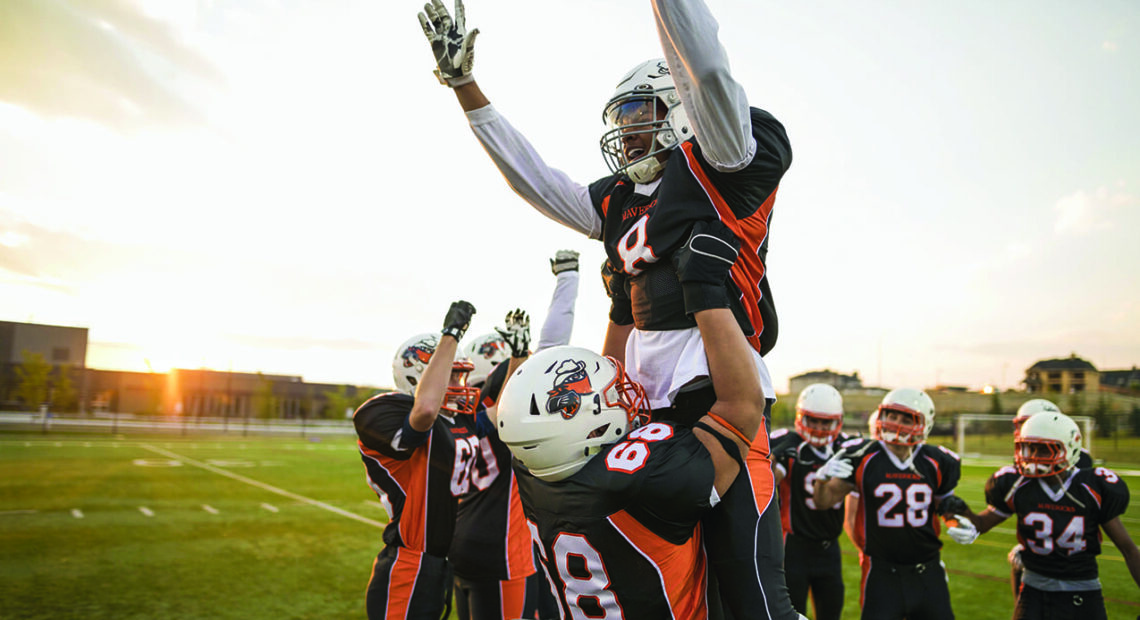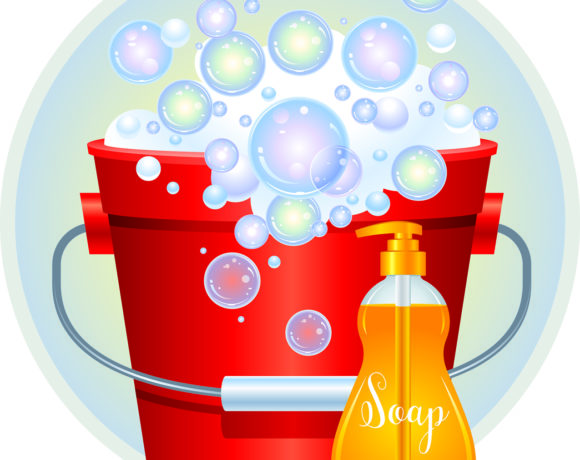The rigors of academia demand every student’s utmost devotion. For some, the challenges in the classroom are accompanied by the thrill of competition on the playing fields. Multi-tasking may be most associated with modern professionals, but many might have learned how to balance multiple responsibilities at once during their days as student-athletes.
Student-athletes typically have a lot on their plates. Managing multiple priorities at once can overwhelm anyone, especially young student-athletes without much experience handling such a juggling act. As a new school year begins, student-athletes can consider these strategies as they try to do their best in the classroom and on the competitive playing fields.
• Practice time management over the summer. Summer vacation provides a much-needed respite for all students, but it also can serve as a time management trial run for student-athletes. Over the course of summer break, create a schedule of activities and allot a certain amount of time to devote to each. In the spirit of summer vacation, these activities need not be rigorous, but the schedule can lay the foundation for the hopefully successful management of time that will be necessary when the school year begins.
• Take steps to avoid burnout. Burnout can affect student-athletes in the classroom and on the field. Work with parents, coaches and school staff, including a nutritionist if one works for the school’s athletic department, to devise a meal plan that will help to energize the body and reduce injury risk. In addition, follow a consistent sleep schedule that helps to overcome mental and physical fatigue. According to guidelines from the Centers for Disease Control and Prevention, teenagers between the ages of 13 and 18 should sleep eight to 10 hours each night.
• Avoid distractions. Student-athletes who are finding it hard to get at least eight hours of sleep each night might be too distracted during the day to get everything done so they can go to bed at a reasonable hour. Smartphones ensure distractions are never too far away, but student-athletes can take a proactive approach and turn off app notifications once a new school year and season begins. In addition, pick a quiet homework/study room in the house without distractions like a television or the hum of outside noise.
• Set academic and athletic goals. Coaches typically establish goals for players before the season and then again during end-of-season exit interviews. Such goals can help athletes maintain their motivation, and a similar strategy can be employed in the classroom. Parents and student-athletes can meet with teachers to establish study goals to keep them striving toward academic achievement. Clearly defined goals can improve student-athletes’ focus, and that can make it easier to balance their responsibilities.
Student-athletes face a balancing act once a new school year or season begins. Various strategies can help young people successfully juggle their academic and athletic obligations.







Recent Comments